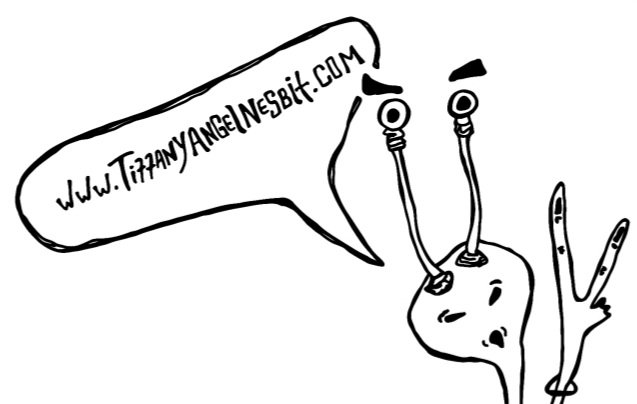Instructor/Student Success Statement
Skills like developing a strong work ethic and understanding flexible
boundaries, are imperative to building a solid foundation for a successful career.
Students often come to a classroom with varied interests in mind having only just
opened the doors to their chosen path. A classroom is a place for students to test
these boundaries of the unknown, and have space to fail and learn, becoming a
master of their future craft. As the facilitator, I intentionally choose rigorous
projects enabling the students to test their limits and practice flexibility through
critical concepts and materials. When a student becomes overly challenged, I step in
to assist as needed, guiding them to the next step in the endeavor.
While engaging in a professional art practice outside of academia, I also
utilize the classroom as a studio space, often working side by side with students.
Maintaining my practice alongside students offers them an honest example of
making art. While trouble shooting ideas for my own practice, students can witness
alternative ways of problem-solving in areas such as production of work, writing
proposals, or building portfolios. Working within the same community studio also
allows students to see the excitement creating an object representing an idea that is
greater than the object itself.
When mentoring students with self-doubt, I frequently include stories from
my experience as a student in demonstrations. Making the topic more digestible for
students to grasp. I find it helpful for students to realize that their professor was
once in their shoes; and it is possible to obtain skills in small increments, if they are
consistently working towards a pivotal goal. Including light humor is essential to
guiding students through apprehensiveness when dealing with issues both in the
classroom and personal life. I encourage students to take those emotions and
channel it through their studio practice or projects, to transform it into something
positive. Explaining that using art can be an outlet for frustration or confusion and
has paved the road for many successful artists throughout art history.
Communication and public speaking skills are a key component to
professional success. Having long lasting relationships with peers invested in the art
community is beneficial for each student to grow beyond their academic career.
Using the classroom as a venue for discussion within their cohort, I encourage
students to help each other problem solve, and critique ideas, creating foundations
to meaningful friendships. When working with timid students, I cultivate a group
conversation that initiates dialog, shaping the student’s confidence with their peers.
By the end of their academic journey, students leave the classroom with an
extensive set of skills that will prepare them for professional situations and careers
outside academia. By building their work ethic, confidence, speaking skills,
friendships, and developing a set of conceptual tools each student will find their
own individual artistic language.
